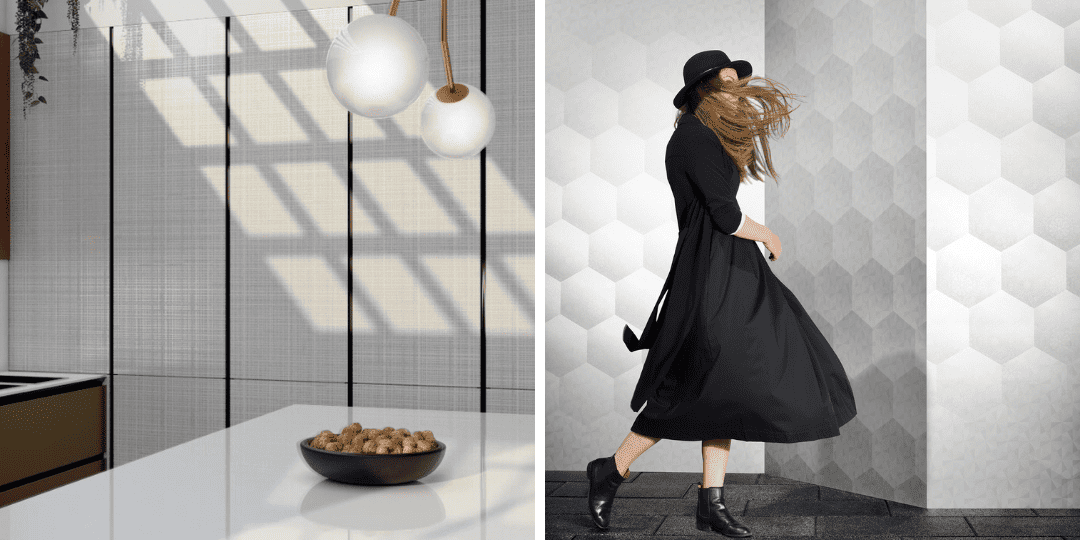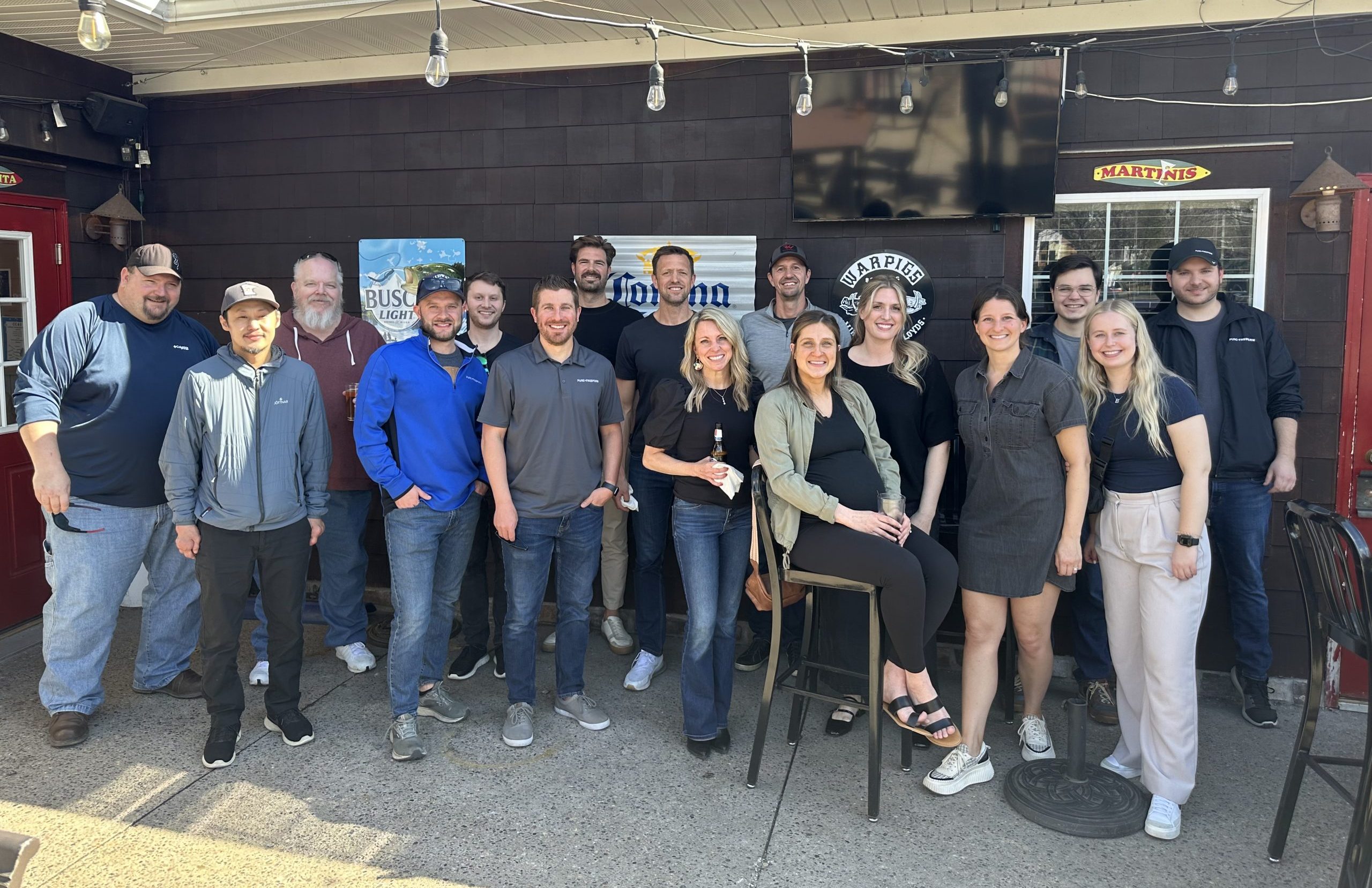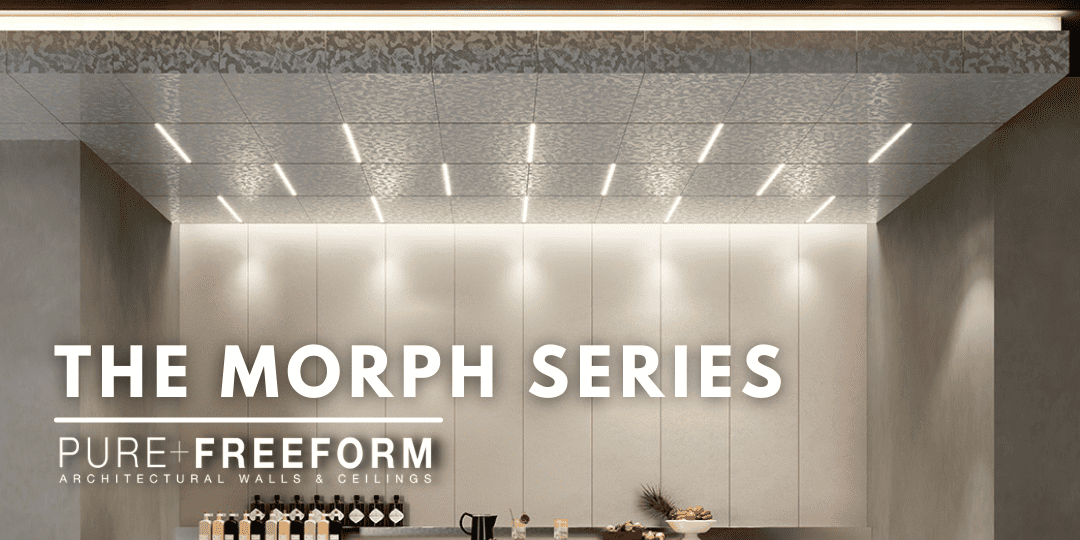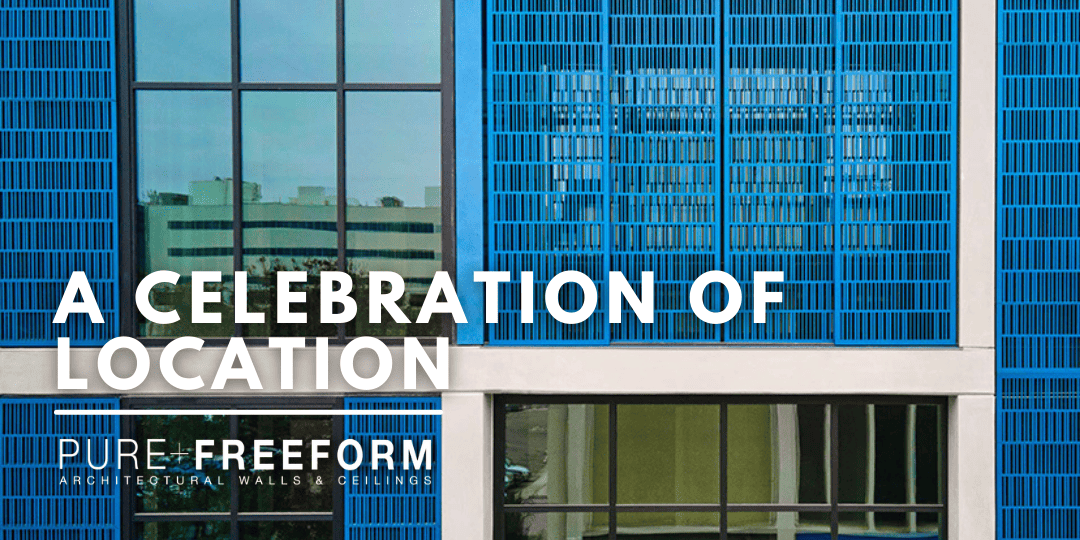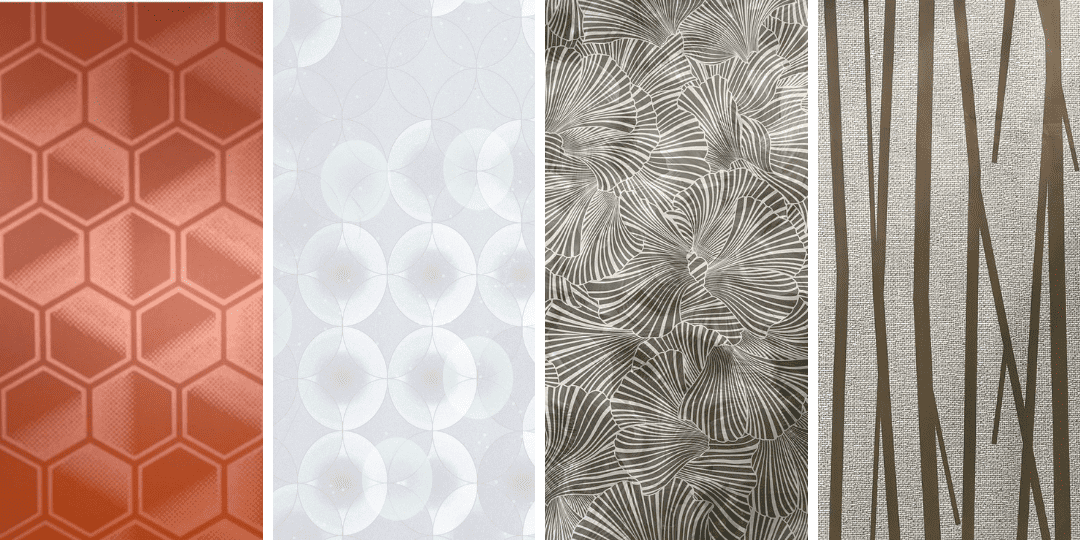
Pattern Play
Graphic. Symbolic. Dramatic. Ornate. The possibilities with patterned metal are nearly endless. When designing custom patterns, we love exploring the limits of what architectural metals can be and mean by reinterpreting familiar tones and textures – such as blackened steels, bronzes, rusts, and silvers – with patterns.
Although surface patterns can often be quite limited, our glowing, textured surfaces bring out the poetic nature of metals. We focus on and celebrate how light, reflectivity, and physical texture add depth, making the surface more novel and exciting. Below are some relevant considerations and results for designing custom patterns:
1. Will this be observed on an intimate level?
Even with a small scope, the right pattern can have a large design impact. As you enter the elevator cabs at Adelphi University, a larger scaled diamond pattern is visible, but as your vantage point becomes closer a smaller pattern appears. By using a stocked pattern, the material additionally met the short lead time.
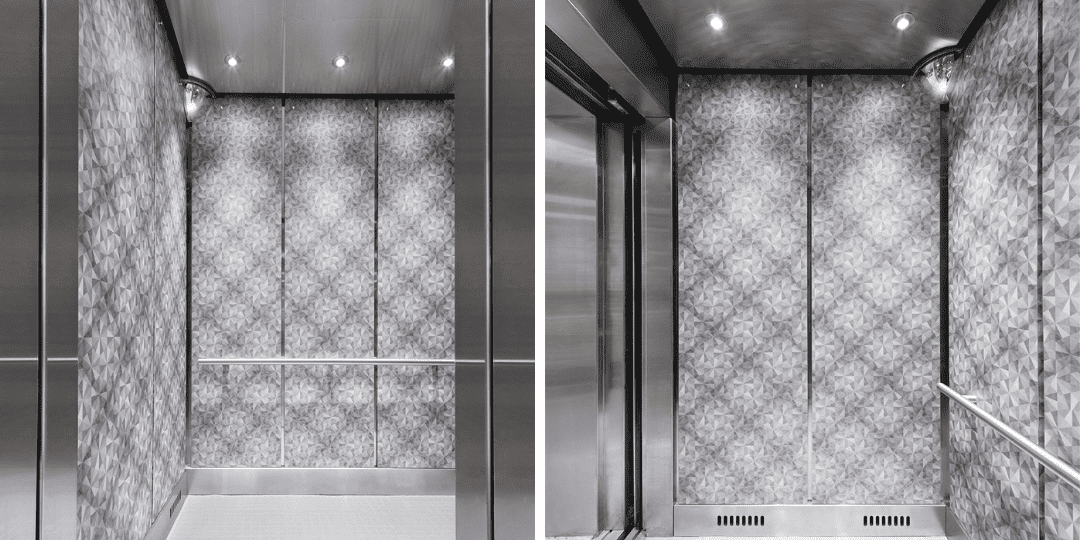
Or, will it be observed from a distance?
The appearance and grain of the material for Sheppard Pratt Hospital changes dramatically from up close to at scale, offering a subtle texture to contrast the brick. Using a custom formulated UHPC as the inspiration, we created a custom pattern that manipulated varying colors, patterns gloss levels and physical texture to create an optical effect akin to the depth and relief of a UPHC panel.
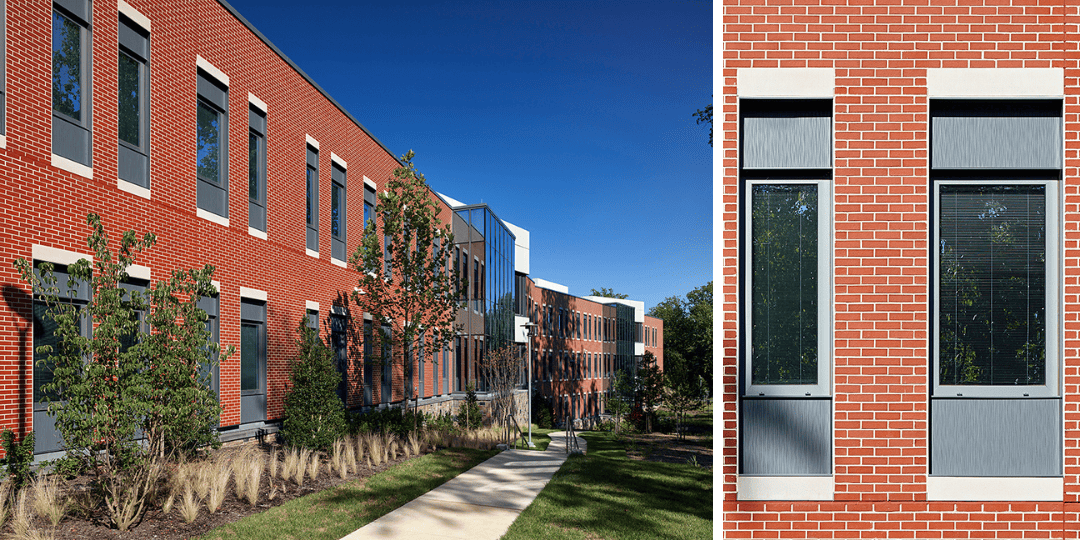
2. Will it be used on a large surface or a broken up wall or ceiling panel?
In a monolithic application, the design is in the totality of the pattern itself. When broken up into smaller panels and offset, the appearance can be more dramatic without changing the surface. We can additionally use gloss and matte layers to achieve a striking interplay of pattern, with a juxtaposition of texture – smooth or rough – and color – warm or cool.
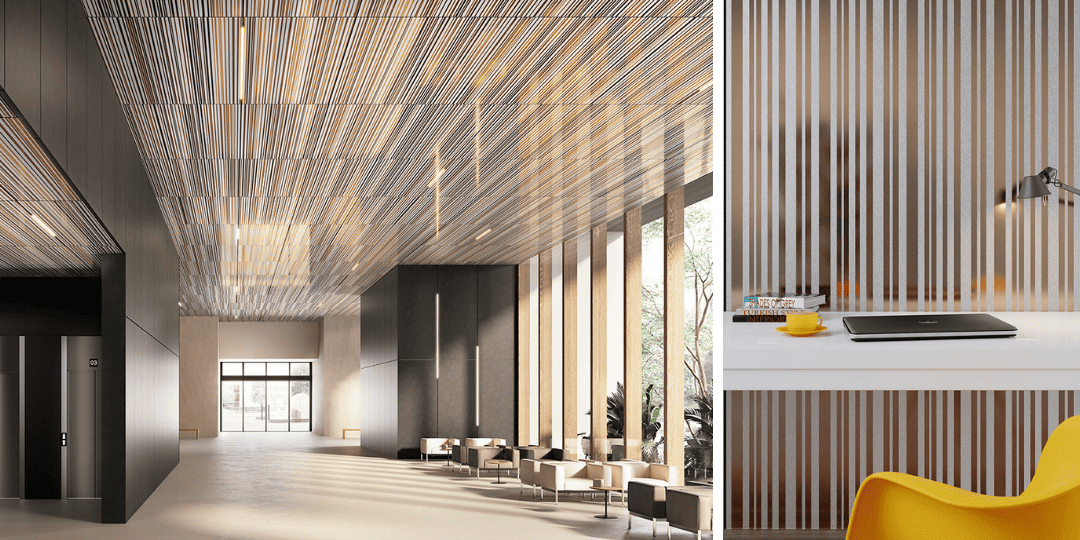
3. Does the pattern come from the surface texture or underlying design?
We can also incorporate pearlescent inks and overlays, allowing for a sense of optical texture that can take the form of actual shapes, patterns, patinas, or colors that change depending on light and angle. The walls of 2018 Salone’s The Diner move via the 6 geometric units that top the basecoat, a modernized take on a classic blackened steel.
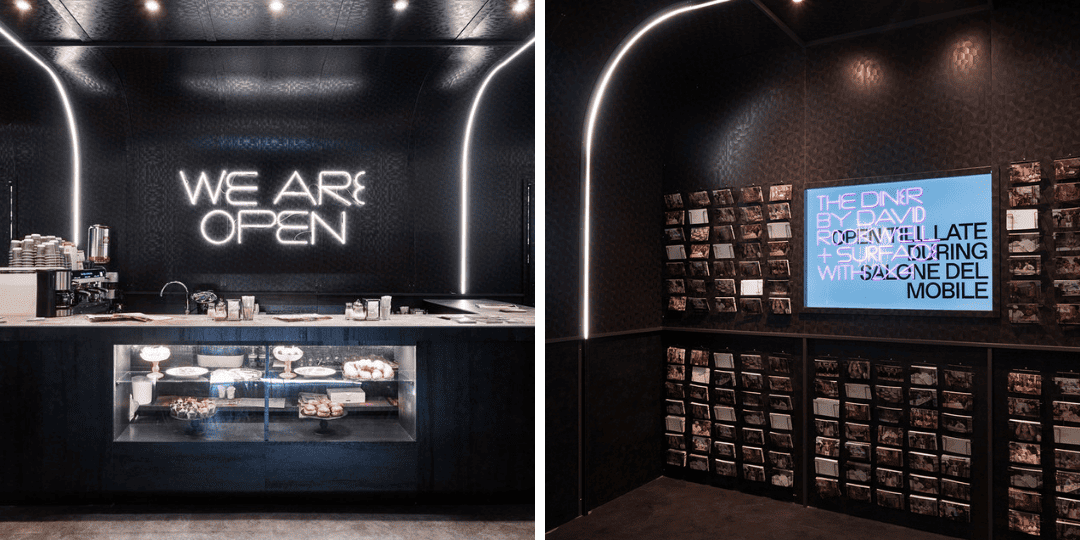
4. How will the finish move from panel to panel?
By opting for more monochromatic, ornate patterns, like Ivory or Lace, the material can more more seamlessly between panels. However, the usage of pearlescent inks offers dimension to the surface via golden undertones or nuances in surface. These finishes, including Specter and Diamond (above) were designed in collaboration with Marcel Wanders Studio.
